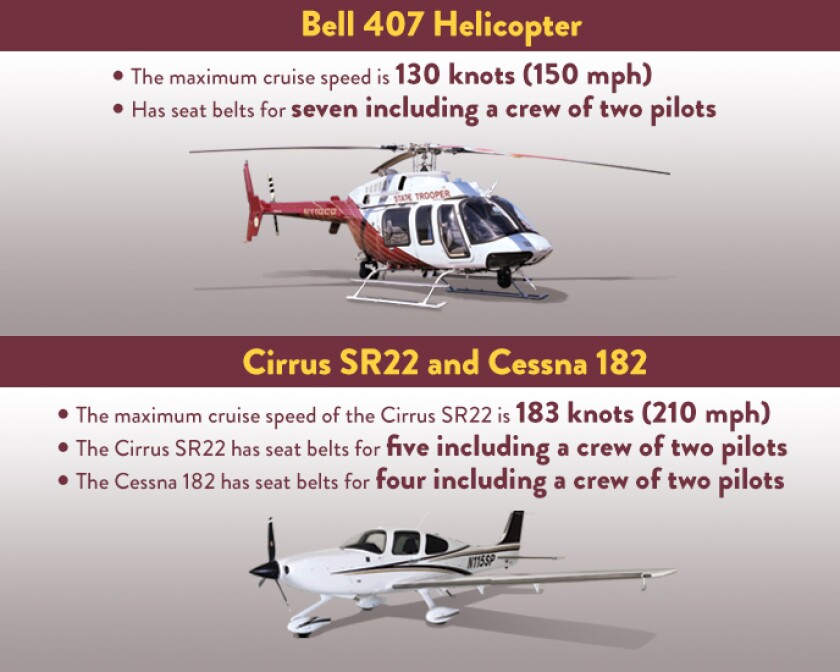In what was dubbed the state’s largest manhunt, the alleged shooter had escaped to a rural area, hiding in the wooded terrain of Sibley County. Despite the difficult landscape, officials credited technology for aiding the peaceful arrest of an armed and dangerous suspect.
“Technology in cases like this are incredible tools to be able to supplement the great hard work of all the people that are on the ground everyday,” said Drew Evans, superintendent of the Minnesota Bureau of Criminal Apprehension, during a press conference about the suspect’s arrest.
LAW ENFORCEMENT’S AERIAL SURVEILLANCE ADVANTAGE
State officials explained that unmanned aerial vehicles (UAVs), also known as drones, and State Patrol aircraft equipped with infrared cameras were pivotal in Boelter’s capture.
“UAVs throughout the day are incredibly important to our teams,” said Evans. “There were numerous ones out there throughout the day.”
This reliance on aerial technology reflects a broader, growing trend among the Minnesota law enforcement community. Annually, agencies using drones must report specific data to the state's commissioner of public safety, including the number of flights conducted without a warrant, their mission types and program costs.
That growth is matched by financial commitment. In 2023, law enforcement agencies across Minnesota collectively spent more than $1 million on their drone programs. The Minnesota State Patrol, for instance, allocated about $125,000 to its drone program that year.
The Brooklyn Park Police Department, a key agency in the manhunt, also invested heavily, spending about $55,000 on its drone program in 2023. That same year, the department launched a new drone initiative, purchasing five drones (three small indoor and two larger outdoor models) in part to assist K-9 units and officers in tracking suspects.
Brooklyn Park Police Chief Mark Bruley explained at a press conference that technology helped pinpoint where the suspect was hiding in the woods quickly after receiving information about where he might have been hiding in the area of Green Isle.
“In approximately an hour and half or so we were able to close the distance with the technology and the state patrol helicopter and we were able to call him out to us,” said Bruley.
HELICOPTERS WITH NIGHT VISION TRACKED SUSPECT IN DARKNESS
The Minnesota State Patrol’s aircraft was also instrumental in Boelter's capture.
“Our helicopter in this situation provides an incredibly important bird's-eye view,” said Evans, highlighting the benefits of tools like infrared cameras.
The State Patrol Flight Section is staffed by 13 state trooper pilots who operate a fleet of seven aircraft, including three Bell helicopters, two Cirrus SR22 airplanes and two Cessna 182 airplanes. These aerial assets logged about 406 hours on search-and-find missions in 2024.

Minnesota State Patrol
The state's Bell 407 helicopter can reach speeds up to 150 mph. The air unit helps ground units search for the person using either a daytime camera or an infrared camera. Once the air unit spots a suspicious person, they guide the ground units on the best way to approach and make contact. Its live video feed can be securely streamed online to ground receivers, and pilots often rely on night vision goggles for low-light operations.
While state officials declined to go into detail about other technology used in the investigation, they made it clear that investments in aviation contributed significantly to what became the state’s largest police search for an armed and dangerous individual.
“The goal was to provide some calm to many individuals that were on the list that were worried about their safety,” Bruley said. “This is a very dangerous individual to our community and that’s why so many resources and such a great collaboration came together to focus on removing him from society so that we can restore some sort of calm and bring some healing to our community and to our state.”















